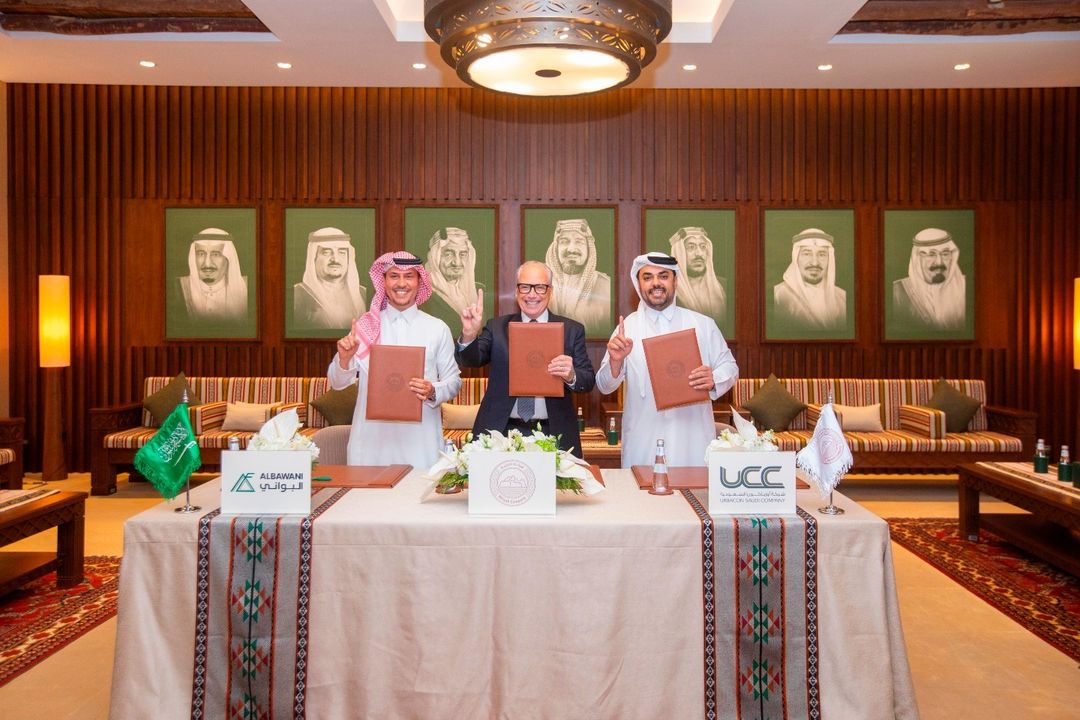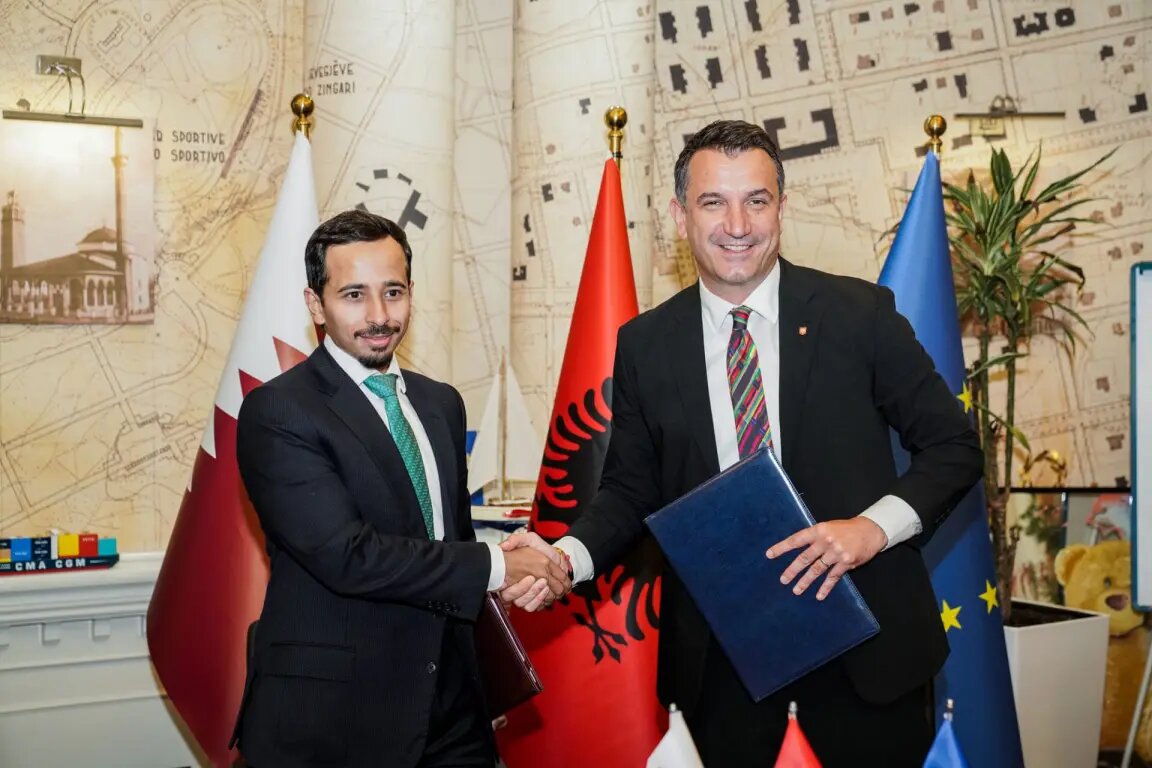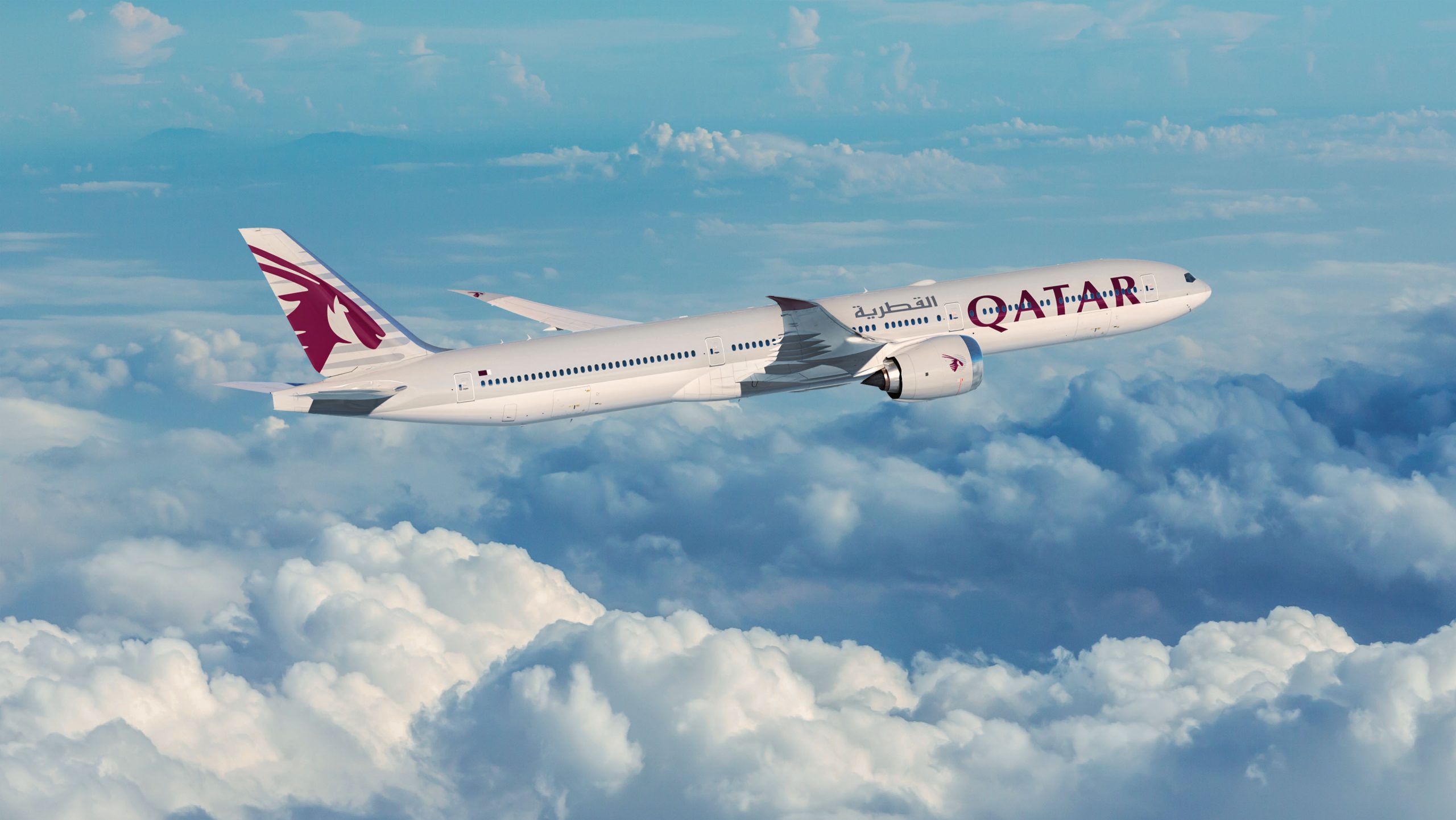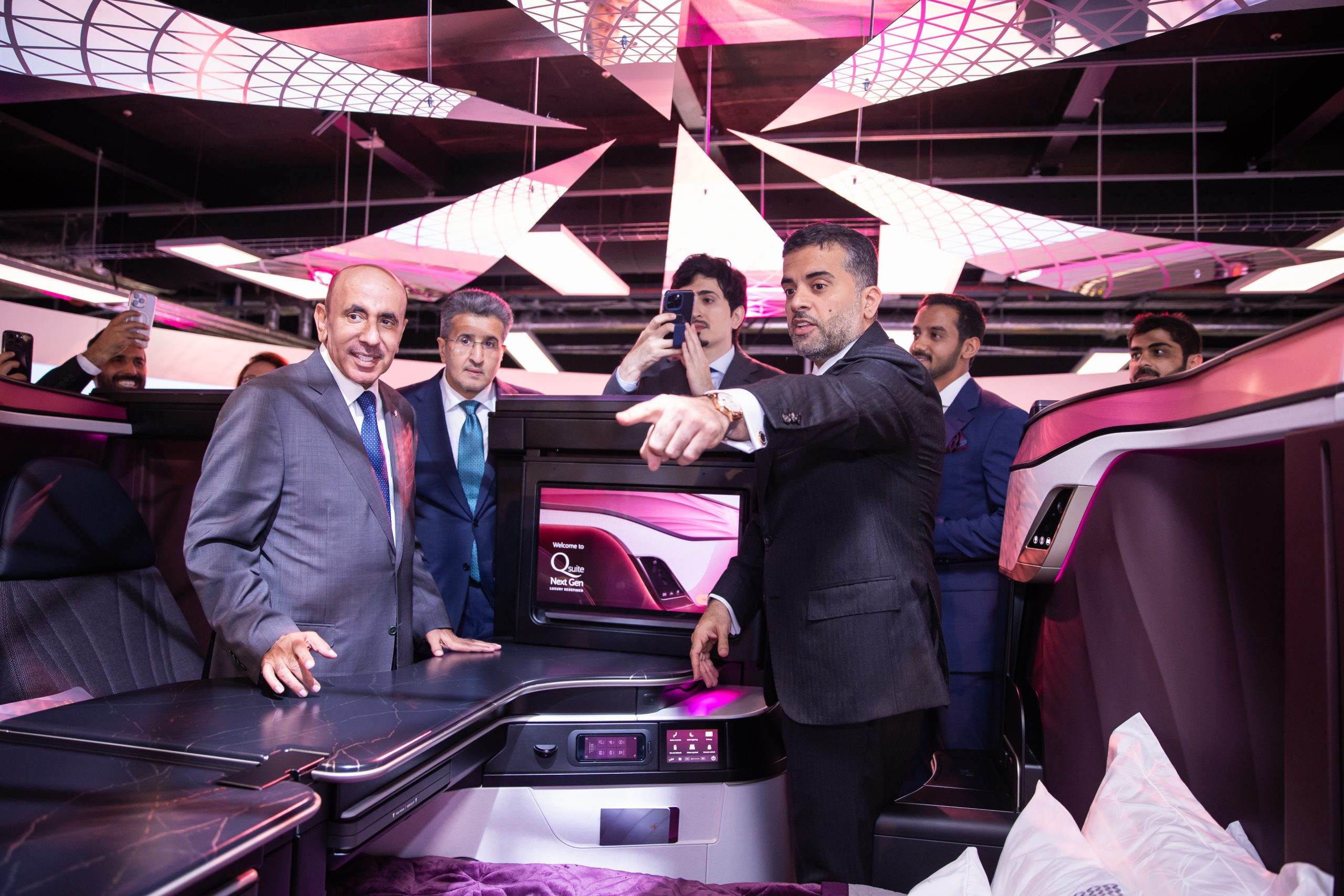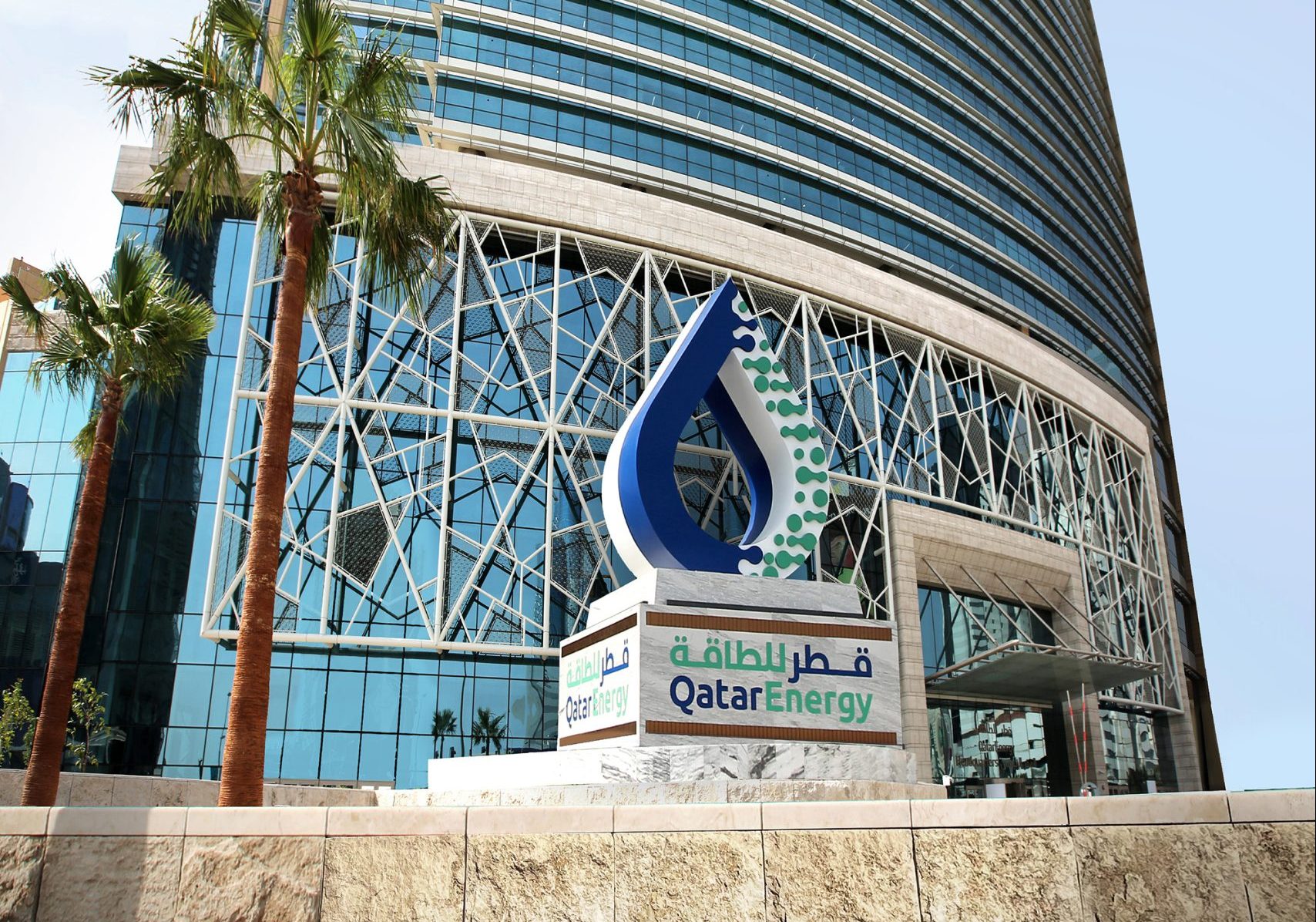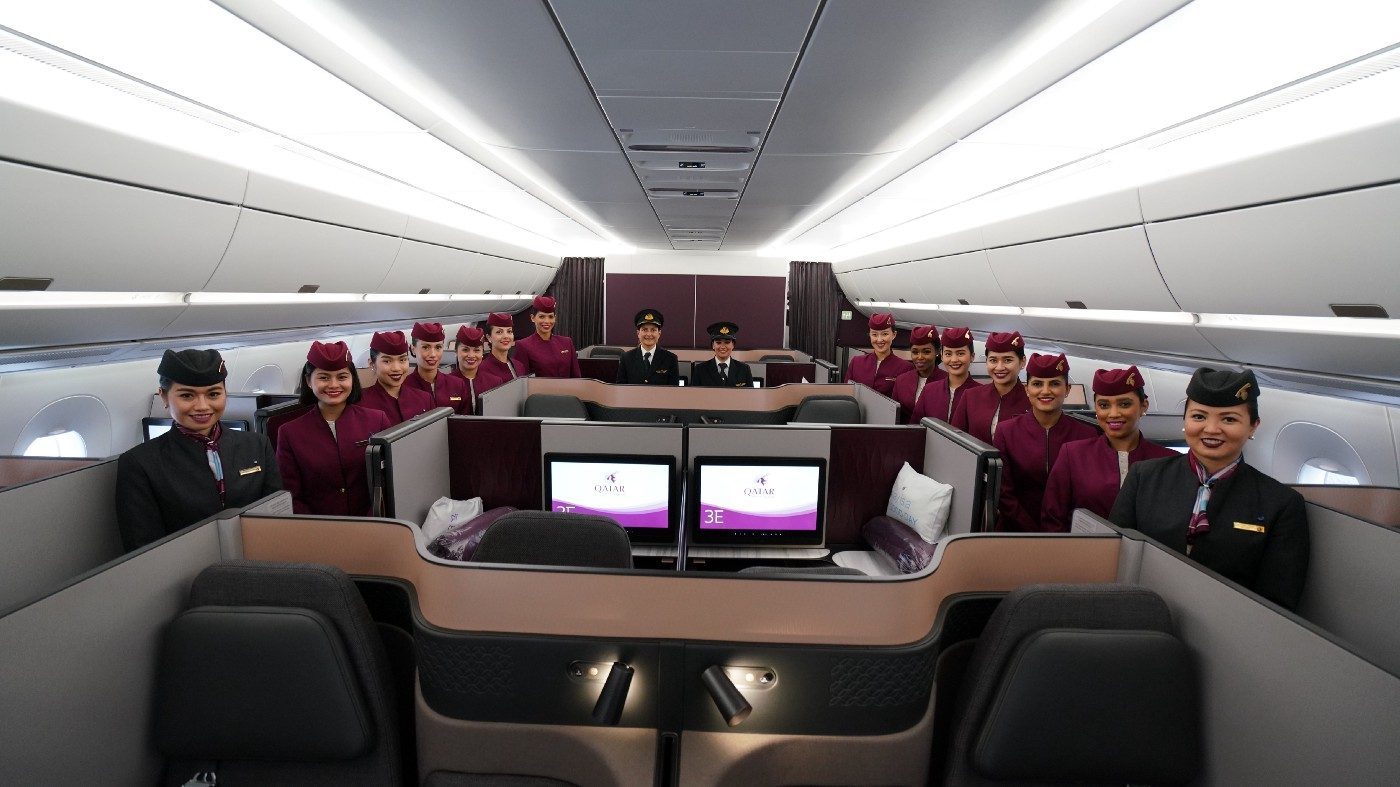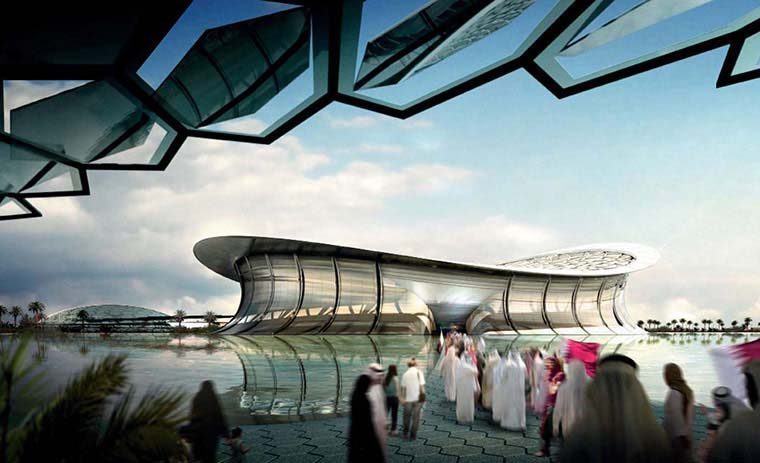
The firm led by British architect Sir Norman Foster will design Qatar’s flagship football stadium at Lusail city, which will host the World Cup opening ceremony and final match in 2022, the local organizing committee has confirmed.
Lusail Stadium, which is the eighth Qatar venue to be confirmed, is expected to be the largest of Qatar’s World Cup arenas, with the capacity to seat 80,000 people.
It will feature an open-air pitch that can be cooled to 26C using cooled and shaded spectator stands, the Supreme Committee for Delivery and Legacy (SC) said in a statement yesterday.

Foster + Partners will collaborate with sports and stadium experts including ARUP and Populous to create the final design for the arena, which will be an “iconic, contemporary stadium inspired by Qatari culture,”the committee’s Secretary General Hassan Al Thawadi said.
Details of the final design have yet to be publicly revealed, though a preliminary rendering was submitted when Qatar first bid for the World Cup five years ago.
Describing his ethos for the new stadium, Foster, who is chairman and founder of Foster + Partners, said: “This is an exciting step forward in stadium design – it will be the first to break the mold of the free-standing suburban concept, and instead anticipates the grid of this future city, of which it will be an integral part.”
He continued:
“The project also pioneers the idea of an ongoing life for the stadium beyond the big event. The environmental strategies, particularly those that address the players as well as the spectators, will also be of international interest to the sporting public as well as those concerned with the architecture.”
Workers’ rights
All contracts for the Lusail stadium project will be governed by the SCDL’s Workers Welfare Standards, which were announced in 2013 and outline a number of basic rights that all contractors working on World Cup-related projects in Qatar are required to follow.

Among the provisions of the charter are that workers engaged directly or indirectly on World Cup projects enjoy health safety, equality in terms of rights irrespective of belief, nationality ethnicity and religion, access to accurate information regarding workers’ rights and safer living conditions.
Qatar Foundation also has a similar charter, and last month public works authority Ashghal was said to be considering adopting a scheme that would stipulate guaranteed minimum living and working conditions.
Qatar has come under intense international scrutiny for its treatment of migrant workers since it was announced as host city for the 2022 World Cup.
Following yesterday’s announcement about Lusail, human rights activists appealed to Lord Foster to ensure the arena will be built ethically. Speaking to the Independent, Amnesty International researcher Mustafa Qadri said:
“Whether or not Sir Norman speaks out on Qatar’s exploitative labor conditions, he should scrupulously ensure that his company and those with which it does business are not complicit in human-rights violations taking place in Qatar.”
Foster + Partners has designed dozens of landmark buildings throughout the world, and is currently drawing up plans for an extension to the passenger terminal at Hamad International Airport (HIA), which opened last year.
Other projects in the Gulf include the design of the new passenger terminal being built at Kuwait International Airport and the under-construction Zayed National Museum on Saadiyat Island in Abu Dhabi.
Other stadiums
Lusail Stadium is the eighth arena to be confirmed as a venue for hosting World Cup matches in Qatar.
While the nation made its bid on the basis of games on 12 sites, it is expected to pare that number, with an official decision to be announced this year. FIFA requires at least eight venues to be used to host the 64 matches during the international tournament.

So far, the SC has revealed the designs for four of the stadiums.
Al Wakrah stadium was the first to be revealed, and has been designed by British architect Zaha Hadid. Along with the 60,000-seater Al Bayt stadium in Al Khor, it is set for completion in 2018.
Khalifa International Stadium at Aspire Zone will be extensively remodeled, but will retain its iconic arcs and include an Olympic and sports museum among its facilities when it is set to be the first finished stadium in 2016.
Also set to be built by the end of 2018 is the Qatar Foundation stadium in Education City.

That venue has been dubbed the “diamond in the desert” due to the design of its geometric patterns that appear to change color as the sun arcs across the sky, architect Mark Fenwick said when the stadium design was unveiled in December.
Expected to seat 40,000 spectators, it will be used for matches through to the quarter finals.
While organizers have said that Al Rayyan Stadium will be totally rebuilt rather than just refurbished as was originally planned, they have not yet revealed a design for this venue.
Other confirmed sites for stadiums include Qatar Sports Club in Dafna/West Bay, and another venue near the new airport.
Work on these is expected to get underway in the second quarter of 2015.
Meanwhile, speculation on the dates for the World Cup in Qatar should end soon, as FIFA is expected to confirm on March 19 when the tournament will take place – likely in the cooler winter months.
Thoughts?


